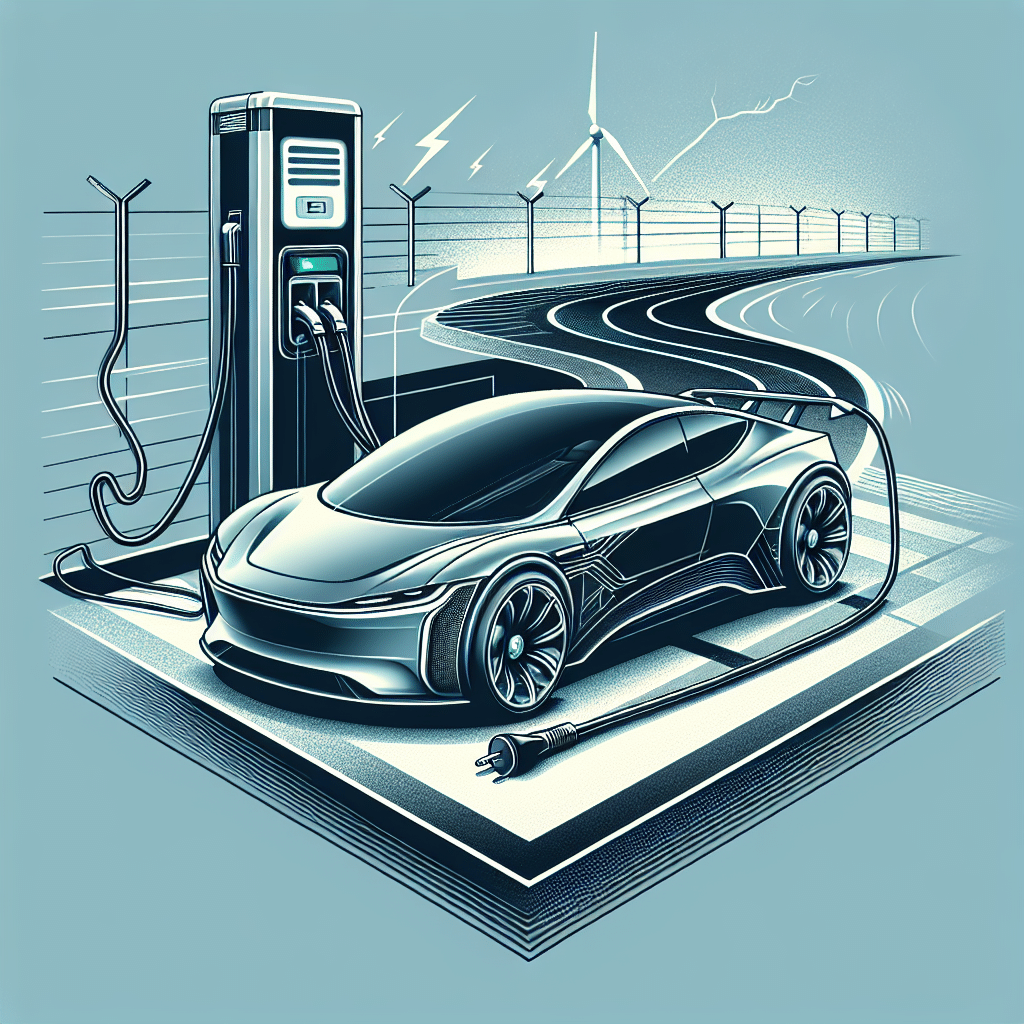Overview of Electric Vehicle Charging Options
Electric vehicles (EVs) have surged in popularity as consumers seek environmentally friendly transportation alternatives. Among the critical factors influencing EV adoption is charging time. Fast charging options provide convenience, helping owners keep their batteries topped off without lengthy delays. The rapid advancements in charging technology have paved the way for efficient and speedy replenishment of EV batteries.
Types of Charging Stations
EV charging stations are categorized into three main types: Level 1, Level 2, and DC Fast Charging. Understanding these can help consumers make informed decisions about their charging options.
Level 1 Charging
- Voltage/Amperage: 120V, 15A
- Charging Speed: 2-5 miles of range per hour
- Best For: Home charging overnight
Level 1 charging utilizes a standard household outlet, making it widely accessible. However, it is the slowest option available for charging. Owners typically use Level 1 chargers if they have ample time to charge overnight or when they do not drive long distances.
Level 2 Charging
- Voltage/Amperage: 240V, 30-40A
- Charging Speed: 10-60 miles of range per hour
- Best For: Home, public charging networks
Level 2 chargers are commonly found in public charging stations and are often installed in residential garages. They offer significantly faster charging times than Level 1. Many EVs can fully charge overnight using Level 2, making it a preferred option for regular users.
DC Fast Charging
- Voltage/Amperage: 480V, can vary up to 350A
- Charging Speed: 60-300 miles of range in 20-30 minutes
- Best For: Long-distance travel, public charging stations
DC Fast Charging is the fastest available charging option. These stations convert the alternating current (AC) from the grid into direct current (DC), delivering a higher power output that allows for rapid battery charging. However, not all EV models are compatible with DC fast chargers.
Leading Fast-Charging Technologies
The race for faster EV charging technology is continuously evolving, with several leading options:
Tesla Supercharger
Tesla’s Supercharger network has become synonymous with DC fast charging. Tesla Superchargers can deliver up to 250 kW using the V3 Supercharger technology, providing up to 75 miles of range in just 5 minutes. Tesla owners benefit from a robust network of Superchargers, strategically placed along highways for long-distance travel. The convenience of rapid charging at these stations boosts the overall EV experience.
Electrify America
Electrify America has emerged as one of the largest charging networks in the U.S., providing ultra-fast charging solutions. Their stations can deliver up to 350 kW, charging compatible vehicles to 80% in approximately 20-30 minutes. Electrify America’s charging stations are located across urban centers and highways, focusing on expanding the range of charging options available to EV owners.
Ionity
A collaboration between major automotive manufacturers, Ionity operates in Europe and has established a significant fast-charging network. Their stations also provide up to 350 kW of charging power, ensuring that users can recharge quickly. As automobile industries transition to electric vehicles, Ionity stations contribute to an infrastructure that supports EV adoption across the continent.
ChargePoint
ChargePoint operates one of the most extensive networks of charging stations globally. While primarily known for Level 2 stations, many ChargePoint locations feature DC fast chargers capable of delivering high power. The ChargePoint app gives users real-time information on station availability, pricing, and charging speeds.
Battery Technology and Charging Compatibility
To take advantage of fast charging capabilities, EVs must be equipped with compatible battery technology. Here are some key elements:
Battery Chemistry
Lithium-ion batteries have become the standard for electric vehicles due to their high energy density, longer life cycles, and decreased weight. Advanced technologies such as lithium iron phosphate (LFP) batteries and nickel manganese cobalt (NMC) batteries are also in use, each providing different benefits regarding safety and recharge times.
Charging Speed Limitations
Despite fast charging options, EVs have limitations on how quickly they can recharge, predominantly due to battery chemistry and thermal management systems. Overcharging can lead to overheating and damage; thus, EVs are designed to regulate charging speed based on their state of charge.
Smart Charging and the Future of Fast Charging
Innovations in smart charging technology are poised to enhance user experiences and promote grid stability. These advancements include:
Dynamic Load Management: This technology allows charging stations to adjust the power they supply based on grid demand and users’ cars’ battery statuses, preventing overload on the power grid and optimizing charging times.
Vehicle-to-Grid (V2G) Technology: V2G systems allow EVs to not only draw energy from the grid but also feed energy back into it. This reciprocal relationship supports grid stability, particularly during peak demand times, and is essential for future energy management strategies.
Charging Infrastructure and Accessibility
Access to charging infrastructure is crucial for the widespread adoption of electric vehicles. Cities are investing in public charging stations, and private companies are establishing partnerships with retail locations, workplaces, and parking garages to enhance the availability of charging facilities. Innovations such as charging hubs, often equipped with multiple fast chargers, are designed to be user-friendly and efficient, allowing for rapid charging while patrons engage in other activities.
Conclusion on Faster Charging Solutions
The electric vehicle landscape is rapidly evolving, shaped by advances in battery technology, charging infrastructure, and user preferences. As the charging experience improves, consumers will face fewer barriers to adopting electric vehicles, ultimately leading to a greener and more sustainable future.
